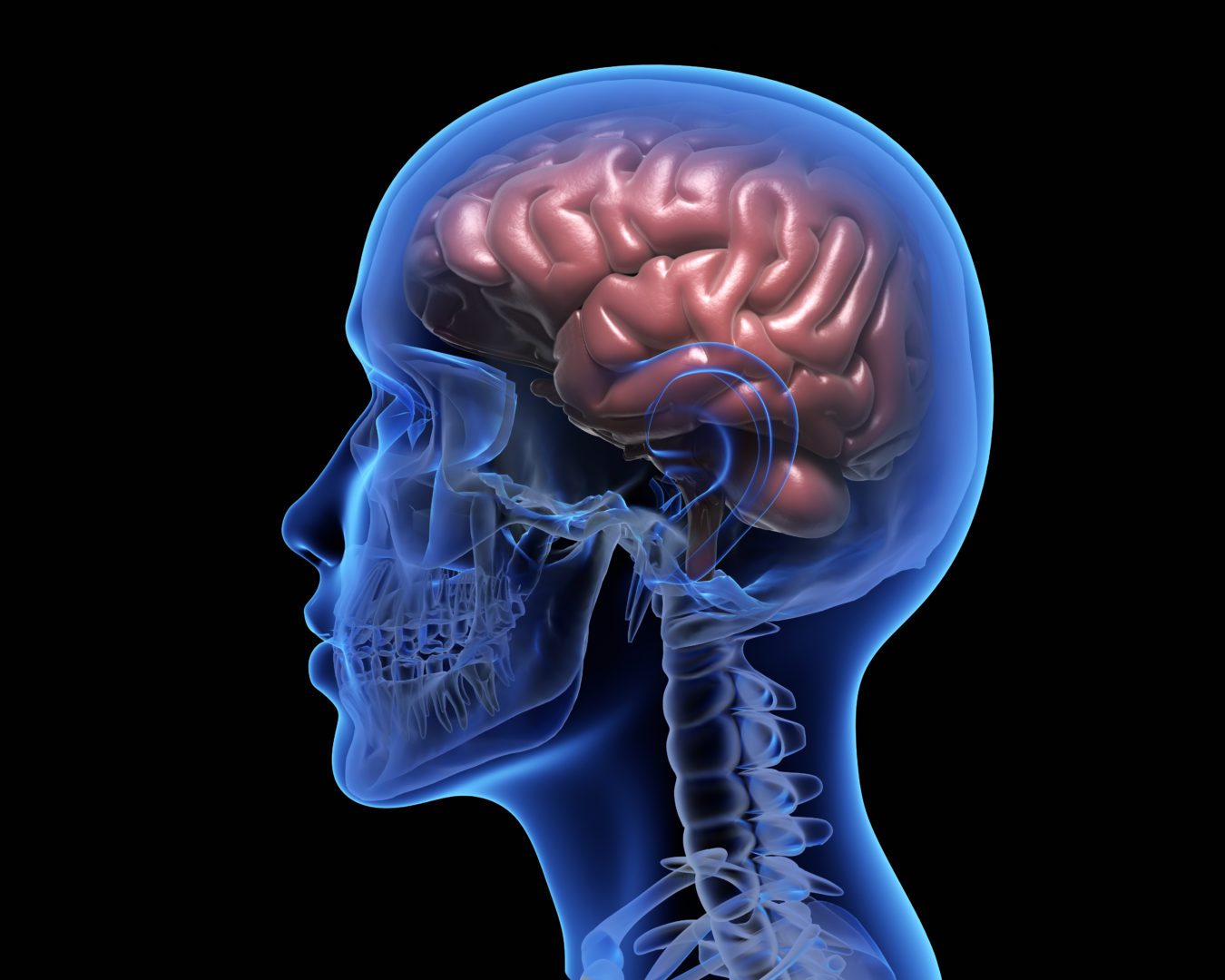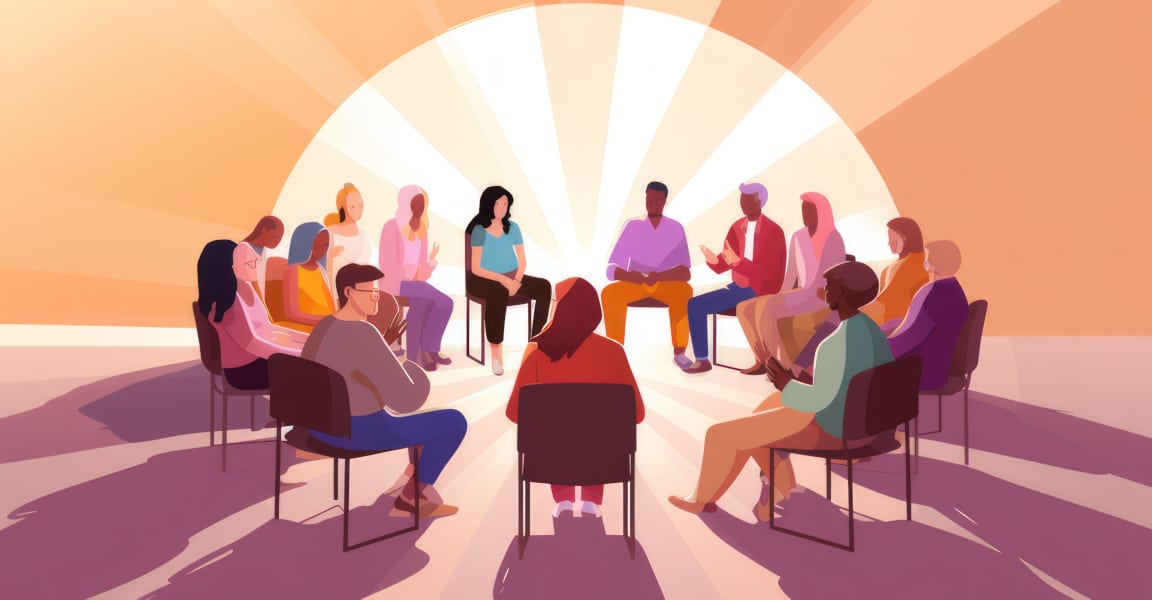
By Gregg Snook M.A., NCC, LPC
I was planning out some articles and it came up that people are aware of “DRUGS” (said in a spooky and ominous tone). So, it’s more like “DRRRRUUUUUGGGSSSS WOOOOOO,” like a ghost story. I wanted to take some time to discuss and explain further individual drugs, and why they become addictive.
Forming habits and addictions as a learning process.
This is a short article and there are years and years of research that contribute to our understanding of what occurs in the brain during the formation and persistence of addictive behaviors. In discussing how addiction pathways are formed in the brain, let’s first consider these brain regions or systems:
Prefrontal Cortex
Covers the frontal lobe and has a role in planning and decision-making.
Limbic System
Part deeper in the brain (closer to the core than the prefrontal cortex) involved in motivation, learning, and memory. Emotions are also processed in the limbic system, specifically around the amygdala.
Nucleus Accumbens
Let’s keep it simple. This is part of a reward circuit that can learn.
Now for the chemicals
Dopamine
Feel-good chemical that has a lot to do with motivation and the pleasure response.
Serotonin
Another feel-good chemical. Has to do with feeling satisfied.
Norepinephrine
Again, keeping it simple, this chemical is involved in movement and in the fight-or-flight response.
With the above-mentioned chemicals working in the cells in the systems of the brain, an addiction is formed from using cocaine, which stimulates the pleasure areas of the brain. Using this drug enough reinforces the behavior due to the euphoria that is experienced.
Cocaine works by entering into the brain and interfering with the normal recycling process that occurs in an area between brain cells known as the synapse. By preventing naturally-occurring dopamine from being absorbed (recycled) by the cell, a buildup of dopamine occurs in the synapse, resulting in the pleasure response and euphoria that the drug is associated with.
Consider this: there is a Starbucks and a Dunkin’ Donuts across the street from each other. Someone that looks like a customer blocks the entrance to the Starbucks. This causes all the potential zombies…I mean customers, from entering the Starbucks for their caffeine fix, so all the Starbuck’s customers join the Dunkin’ customers already there and the Dunkin’ becomes packed. This is how cocaine blocks the reabsorption or recycling (into the Starbucks) and overstimulates the cell (Dunkin’), resulting in the high. There are too many customers (dopamine) in the Dunkin’ (synapse) because the Starbucks (recycling site) is blocked (by cocaine).
This stimulation and resulting high is experienced in brain cells and has an impact on behavior and the body. The brain is processing all of the information associated with the stimulation is it receiving. The brain taking in and learning and remembering the steps the person took to get high, the places, the tools used, and the people around them. With time, these things associated with the euphoric feeling of using the drug can also trigger pleasure, resulting in an increase in that behavior and subsequent drug use.
To summarize, when cocaine is introduced in the brain, it causes a blockage in sites that would absorb the dopamine between brain cells. This blocking causes both the stimulation of the sending cell that is blocked and the overstimulation of the receiving cell with the dopamine that cannot be reabsorbed or recycled. The learning parts of the brain (such as the nucleus accumbens), along with the memory and emotional areas (the limbic system) can lead to future decisions (made in the prefrontal cortex) to remember the sensation, along with the circumstances under which it occurred, resulting in increased future use.
Here are some of the sources that I consulted if you would like to read more:
Nestler, E.J. (2005). The neurobiology of cocaine addiction. Science & Practice Perspectives, 3(1), 4–10.
https://www.ncbi.nlm.nih.gov/pmc/articles/PMC2851032/
NIH: National Institute of Drug Abuse – Cocaine
https://www.drugabuse.gov/publications/research-reports/cocaine/what-cocaine
Explore this article:
Explore Our Facilities
Drug and alcohol detox and residential treatment for addiction and mental health disorders
Outpatient treatment center for substance use disorder and mental health disorders
Outpatient treatment center for substance use disorder and co-occurring mental health disorders







